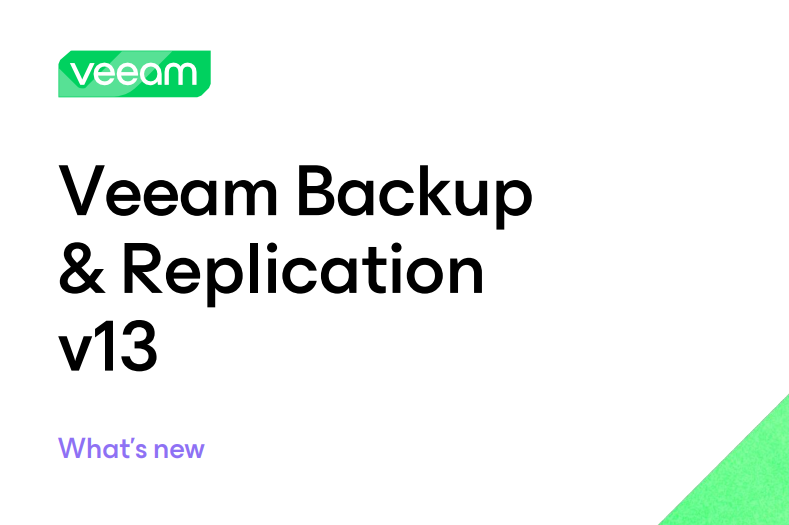Jonathan Kropf - CEO
- 4 min read
🛡️ Backup Is Actually a Security Discussion Now

Backup used to be an operational safeguard, a way to recover files after accidental deletion or hardware failure. That mindset is outdated. Today’s threat landscape means backup is a critical security control. Ransomware operators know that if they compromise your backups, they control your ability to recover. Modern ransomware campaigns include scripts to delete snapshots, exploit API vulnerabilities, and escalate privileges to wipe backup repositories before encryption begins.
💣 The Cost of Ignoring Backup Resilience
Global ransomware damage is projected to exceed £45 billion in 2025, and the operational impact is just as severe. Attacks now routinely cause extended downtime, with many organisations experiencing outages far beyond the average 12 hours—sometimes stretching into days or even weeks. When backups fail, the consequences ripple across every layer of the business: production halts, customer services collapse, and compliance risks skyrocket.
The decision point is brutal. Without resilient backups, organisations are left with two options: pay the ransom—often millions of pounds with no guarantee of full recovery—or accept catastrophic data loss and rebuild from scratch. Paying the ransom introduces its own risks, including regulatory scrutiny and reputational damage, while rebuilding without backups can cripple operations for months. In sectors like manufacturing, healthcare, and finance, this downtime translates directly into lost revenue, contractual penalties, and erosion of customer trust.
What’s worse, attackers know backups are the last line of defence. Modern ransomware strains actively seek and destroy backup repositories, targeting both on-premises and cloud environments. If your backup strategy lacks immutability, air-gapping, and strong access controls, you’re not just vulnerable—you’re a prime target.
🚨 Real-World Example: Jaguar Land Rover Cyberattack
The Jaguar Land Rover (JLR) cyberattack in 2025 is a sobering example. Beginning on 31 August, the attack forced JLR to shut down global production for five weeks, disrupting 5,000 suppliers and costing the UK economy an estimated £1.9 billion. Attackers encrypted critical systems and exfiltrated sensitive data, while JLR struggled to restore operations—a process that will not fully complete until early 2026. The absence of resilient, immutable backups compounded the recovery challenge, highlighting how backup failures can escalate into national economic crises.
Contrast this with Norsk Hydro’s response to the LockerGoga attack in 2019. By leveraging robust, offline backups, they refused to pay ransom and restored operations—a textbook example of resilience.
⚠️ Modern Backup Challenges
Attackers now actively target backup environments as part of their ransomware kill chain. They don’t just encrypt production data—they go after the safety net. Common tactics include disabling backup agents, deleting snapshots, and exploiting API or configuration vulnerabilities in backup software. Some ransomware variants even include scripts specifically designed to locate and destroy backup repositories before encryption begins.
Without immutability, air-gapping, and Zero Trust access controls, backups can be encrypted or erased before detection. This means that traditional backup strategies—those relying on simple replication or scheduled snapshots—are no longer sufficient. Attackers often gain privileged access through compromised credentials or lateral movement, then use legitimate tools to wipe backups, making the attack harder to detect.
The result? If your backup architecture isn’t designed for resilience, you’re effectively leaving the door open. Modern backup must be treated as a frontline security control, not a back-office process. It needs to incorporate write-once-read-many (WORM) storage, multi-factor authentication for admin accounts, and network isolation to ensure that even if production systems are compromised, your backups remain untouchable.
✅ What Secure Backup Looks Like
A modern backup strategy must include:
- Immutable storage: Write-once, read-many (WORM) technology prevents alteration or deletion.
- Air-gapped copies: Logical or physical isolation from production networks.
- Zero Trust principles: Enforce least privilege and MFA for backup admin accounts.
- Encryption at rest and in transit: AES-256 or stronger.
- Anomaly detection: Behavioural analytics to identify suspicious backup deletions.
☁️ Dropsuite – SaaS Backup with Security Built-In
![]() Dropsuite delivers secure, cloud-based backup for Microsoft 365, Google Workspace, and more. Its architecture includes:
Dropsuite delivers secure, cloud-based backup for Microsoft 365, Google Workspace, and more. Its architecture includes:
- End-to-end encryption
- Immutable storage
- Granular restore capabilities
🔒 Object First Ootbi – Ransomware-Proof Storage
 Object First’s Ootbi platform takes immutability to the next level. Built on Zero Trust principles, Ootbi provides:
Object First’s Ootbi platform takes immutability to the next level. Built on Zero Trust principles, Ootbi provides:
- Absolute immutability—even root-level access cannot alter backup data.
- Integration with Veeam for Instant VM Recovery and SureBackup verification.
- Honeypot feature to deploy decoy volumes and detect malicious activity early. Its design eliminates OS-level access, dramatically reducing the attack surface.
📢 The Strategic Takeaway
Backup is no longer an afterthought—it’s a cornerstone of your defence-in-depth strategy. Treating it as a security control means designing for resilience against ransomware and insider threats. By adopting solutions like Dropsuite for SaaS workloads and Object First Ootbi for on-premises environments, organisations can transform backup from a vulnerability into a fortress.
Velocity Technology Group (VTG) can help by conducting a comprehensive Backup and Disaster Recovery (DR) review to ensure your environment is configured for best practice and maximum defence against modern threats.This proactive assessment identifies gaps in immutability, air-gapping, and Zero Trust principles, giving you confidence that your backup strategy is truly ransomware-proof.
Want to explore further? Request a Call Back >>
Share Link



